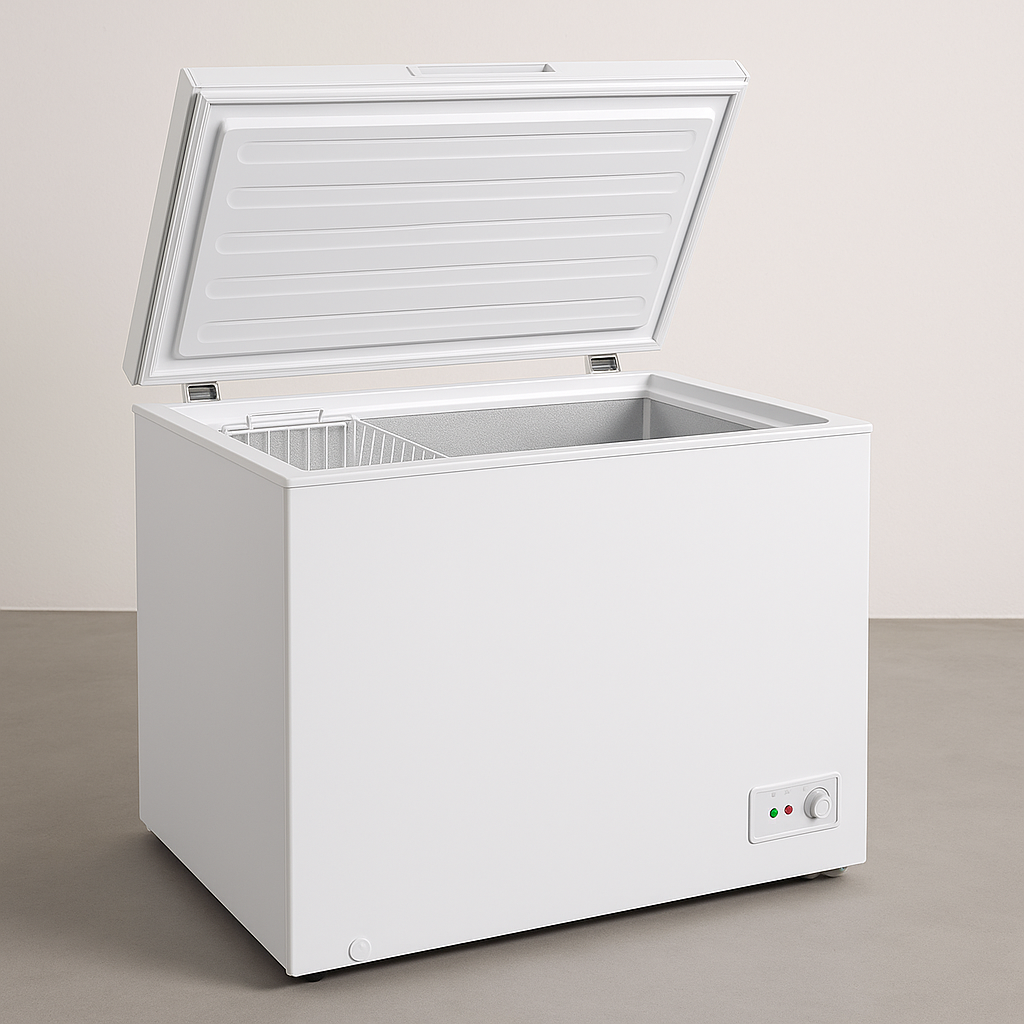
Gefriertruhe Abverkauf
Add a review FollowOverview
-
Founded Date March 29, 1941
-
Sectors Health Care
-
Posted Jobs 0
-
Viewed 4
Company Description
The 12 Worst Types Of Accounts You Follow On Twitter
Exploring the 0-Degree Zone in Refrigeration: A Comprehensive Test
Refrigerators are a staple in modern kitchens, important for protecting food quality and guaranteeing it lasts longer. One function that has actually garnered attention over the last few years is the 0-degree zone, typically touted as an ideal option for keeping meats, fish, and other perishables. However what does the 0-degree zone entail, and is it truly reliable? In this post, we will delve into the principle of the refrigerator’s 0-degree zone, conduct a comprehensive test of its capabilities, and answer common questions surrounding this function.
What is a 0-Degree Zone?
A 0-degree zone refers to a specialized area within a refrigerator created to maintain a temperature around 32 ° F(0 ° C). This temperature level is optimum for keeping perishable products fresh without freezing them. While conventional refrigeration operates at slightly above freezing temperatures (generally in between 32 ° F and 40 ° F ), the 0-degree zone aims to extend the freshness of products that are more vulnerable to spoilage.
Secret Benefits of the 0-Degree Zone
- Extended Freshness: Ideal for keeping meats and fish, the cold temperature level can help decrease bacterial development.
- Preserved Quality: Fruits and veggies can retain their texture and taste longer when kept at this optimum temperature.
- Minimized Spoilage: Prevents freezer burn for items that are generally kept in regular freezer compartments.
The Test: Evaluating Refrigerator 0-Degree Zones
To assess the efficiency of the 0-degree zone, a range of refrigerators, equipped with this feature, were tested for their efficiency over a two-week duration. Food items frequently kept in this section were kept an eye on, consisting of beef, chicken, fish, fruits, and vegetables. Here’s a breakdown of the method and outcomes.
Test Methodology
- Refrigerators Selected: Five different designs featuring 0-degree zones.
- Products Stored:
- Ground beef
- Chicken breasts
- Salmon fillets
- Strawberries
- Carrots
- Temperature level Monitoring: Internal temperatures were logged daily utilizing exact thermometers put in the 0-degree zone.
- Quality Assessment: At the end of the two-week duration, visual assessments and trial run were conducted.
Test Results
Table 1: Temperature Consistency Across 0-Degree Zones
| Refrigerator Model | Typical Temperature ( ° F)Fluctuation Range ( ° F | |
|---|---|---|
| ) Model A | 32.5 | 31.0 to 34.0 |
| Model B | 31.8 | 30.0 to 33.0 |
| Design C | 32.2 | 31.5 to 34.5 |
| Design D | 32.0 | 31.0 to 33.5 |
| Design E | 30.5 | 29.5 to 31.5 |
Table 2: Quality Assessment of Food Items After Two Weeks
| Food Item | Refrigerator Model A | Model B | Design C | Design D | Design E |
|---|---|---|---|---|---|
| Hamburger | Fresh | Fresh | Slightly Discolored | Spoiled | Spoiled |
| Chicken Breasts | Fresh | Fresh | Slightly Dry | Ruined | Spoiled |
| Salmon Fillets | Fresh | Fresh | Fresh | A little Dry | Spoiled |
| Strawberries | Fresh | Somewhat Soft | Fresh | Spoiled | Ruined |
| Carrots | Crisp | Crisp | Somewhat Wilted | Soft | Ruined |
Observations From the Test
-
Temperature Consistency: All tested refrigerators maintained temperature levels near to the desired 0-degree mark. However, Model A and Model B revealed superior consistency with minimal fluctuation, making them more dependable for preserving food.
-
Food Preservation: Items kept in Model A and Model B revealed very little signs of spoilage, while those in Models D and E displayed substantial degeneration, especially the meat products.
-
Moisture Retention: The refrigeration designs, despite maintaining low temperature levels, managed to maintain the moisture levels of the food adequately, kühlschrank schwarz Matt especially in Models A and B.
The 0-degree zone in modern-day refrigerators presents an important enhancement for those looking for Side By Side KüHlschrank Schwarz Mit Wasserspender Und EiswüRfelbereiter; Markforest4.Bravejournal.Net, to extend the life of their disposable goods. This function stands out for its ability to preserve optimum temperature levels while lowering putridity and Freistehende KüHl-Gefrier-Kombination No Frost Edelstahl Kaufen (Https://Md.Chaosdorf.De/) maintaining food quality.
Frequently asked questions
1. What types of food are best suited for the 0-degree zone?
Foods that benefit from storage in the 0-degree zone consist of meats, seafood, prepared meals, some dairy products, and certain fruits and vegetables that do not freeze well.
2. How can I tell if my refrigerator has a 0-degree zone?
Inspect your refrigerator’s user manual or the temperature level controls. Numerous brands include a specific compartment identified as the 0-degree zone or similar wording.
3. Is it safe to store food in the 0-degree zone?
Yes, Gefriertruhe 200l Preisvergleich supplied that the temperature regularly remains around the 0-degree mark. Keeping food at this temperature level helps restrict germs development while maintaining freshness.
4. Can the 0-degree zone be changed?
In most refrigerators, the temperature level settings for the 0-degree zone can be adjusted, however it’s advised to keep it near or at 32 ° F for optimum results.

5. For how long can food last in the 0-degree zone?
This can vary depending upon the type of food. Meat and fish can last longer than in a regular fridge however check specific standards for best practices on storage times.
In conclusion, buying a refrigerator with a 0-degree zone not only boosts food conservation practices however likewise ensures that your ingredients keep their quality and taste. By checking out different models and their abilities, customers can make educated options that match their food storage needs.



